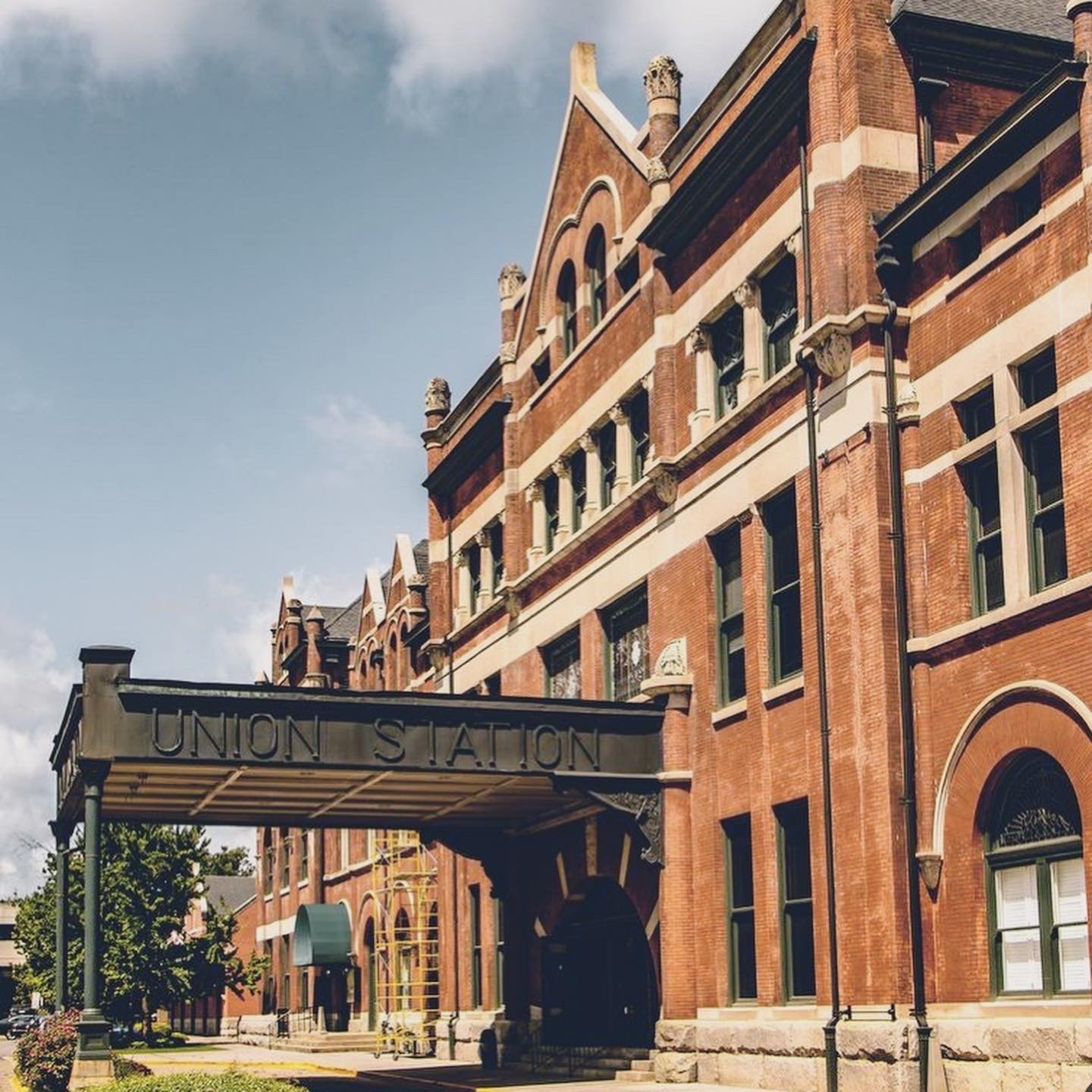HISTORIC PLACES of Montgomery
Alabama State Capitol
For 150 years the Alabama State Capitol has overlooked downtown Montgomery from its hilltop setting. This National Historic Landmark is a working museum of state history, civil rights history and politics.
Dexter Avenue King Memorial Baptist Church
The preserved Dexter Avenue King Memorial Baptist Church appears as it did when Dr. Martin Luther King Jr. served here as pastor, from 1954-1960. The church was the site of mass meetings to organize the famous Montgomery Bus Boycott.
Rosa Parks Statue on Dexter
Dec. 1, 1955, the day Parks was arrested for refusing to give her seat to a white man on a city bus. Her arrest was one of the events that sparked the Montgomery Bus Boycott that challenged segregation on public buses.
Historic Union Station
Union Station in Montgomery was built in 1898 by the Louisville and Nashville Railroad. It was added to the National Register of Historic Places in 1973 and was named a National Historic Landmark in 1976.
The Riverfront Park
Riverfront Park is a 0.9 mile lightly trafficked out and back trail located near downtown Montgomery. This Riverfront features sites of the Alabama River, a 6,000 seat outdoor amphitheater, an interactive children’s splashpad and the elegant 19th Century riverboat called the Harriott.
Old Alabama Town
Old Alabama Town is a collection of restored 19th- & 20th-century structures reflecting the lives of the people who settled and developed central Alabama. It stretches along six blocks in the heart of historic downtown Montgomery. This town depicts a cross-section of architecture, history, and lifestyles from an elegant townhouse to rural pioneer living.
White House Of The Confederacy
The house served as the first White House of the Confederacy from February 1861 until late May 1861, when the Confederate capital moved to Richmond, Virginia.







